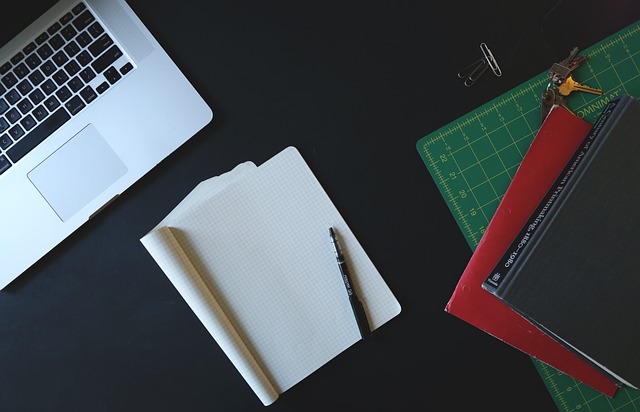
How to Write a Follow-Up Email After No Response
In today’s fast-paced world, it’s not uncommon for emails to go unanswered. Whether you're following up on a job application, a business proposal, or a client inquiry, crafting an effective follow-up email is essential for maintaining professionalism and achieving your goals. In this guide, we'll walk you through the steps to write a follow-up email that gets results.
1. Review Your Original Email
Before drafting your follow-up, revisit the initial email you sent. Ensure you understand the content and purpose of your original message. This will help you craft a follow-up that is relevant and reminds the recipient of the context.
2. Choose the Right Timing
Timing is crucial in follow-up emails. Generally, wait about one to two weeks after your initial email before sending a follow-up. If the matter is time-sensitive, you might follow up sooner, but ensure you give the recipient ample time to respond.
3. Use a Clear and Concise Subject Line
Your subject line should be direct and to the point. Avoid vague phrases and instead use clear language that reflects the purpose of your follow-up. For example, "Following Up on [Previous Subject]" or "Checking In Regarding [Previous Email]" can be effective.
4. Open with a Polite Greeting
Start your email with a courteous greeting. Use the recipient’s name and acknowledge that they might have been busy or missed your previous email. This sets a positive tone and shows respect for their time.
Example: "Hi [Recipient’s Name], I hope this message finds you well."
5. Restate the Purpose of Your Previous Email
Briefly summarize the main points of your original email. This reminder helps the recipient recall the context and the importance of your message without having to search through their inbox.
Example: "I wanted to follow up on my previous email regarding the proposal I sent for [Project/Topic]."
6. Highlight Any Key Details
If there are specific details or deadlines associated with your follow-up, make sure to emphasize them. This ensures the recipient understands any urgency or significant points related to your request.
Example: "As mentioned, the proposal outlines our plan to [Brief Detail]. We would appreciate your feedback by [Date] to proceed as scheduled."
7. Include a Call to Action
Encourage the recipient to take the next step. Be clear about what you are requesting, whether it's scheduling a meeting, providing feedback, or confirming receipt of your email.
Example: "Could you please let me know if you need any additional information or if we can schedule a time to discuss this further?"
8. Close Politely
End your email with a polite closing that expresses appreciation for their time and consideration. Include your contact information in case they need to reach you easily.
Example: "Thank you for your attention to this matter. I look forward to your response. Best regards, [Your Name] [Your Contact Information]"
FAQ
Q: How many follow-up emails should I send before giving up?
A: Typically, sending two follow-up emails is sufficient. If you don’t receive a response after your second follow-up, it’s best to move on and consider alternative approaches.
Q: What should I do if I receive a response after sending a follow-up email?
A: Respond promptly to their reply, acknowledging their response and proceeding with any required actions. Ensure your follow-up email does not come across as redundant.
Q: Can I use a follow-up email template for different situations?
A: Yes, you can use a follow-up email template, but make sure to customize it for each situation to maintain relevance and personal touch.
Q: Is it appropriate to follow up more than once if I still don’t get a response?
A: If you don’t receive a response after two follow-ups, it’s generally best to move on. Persisting beyond this may come across as pushy or unprofessional.